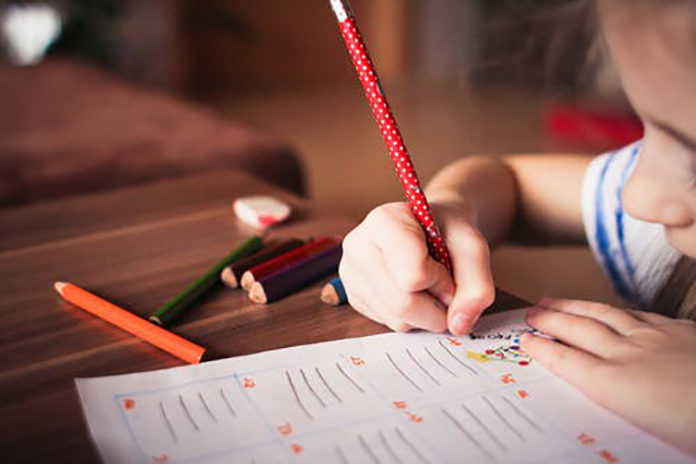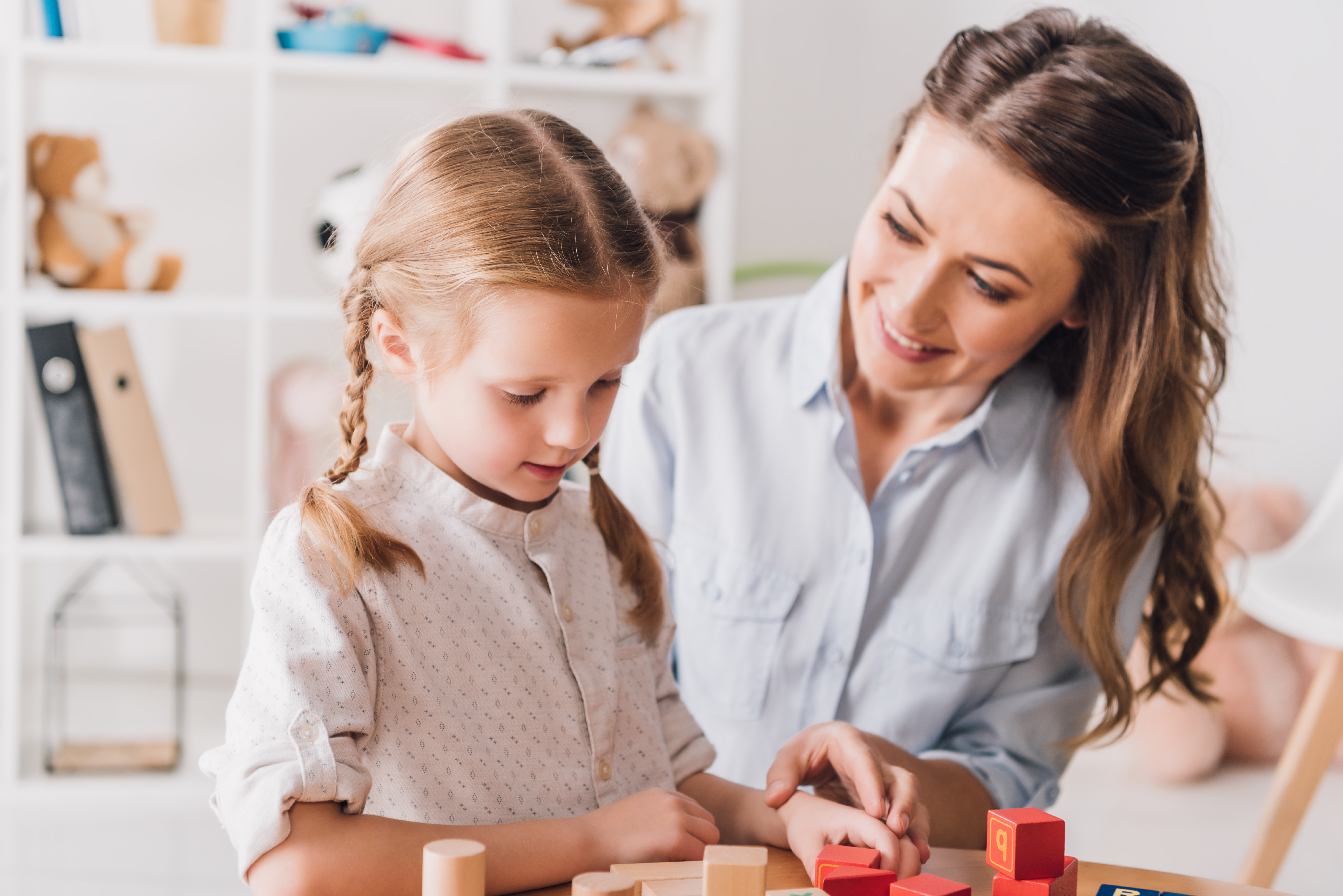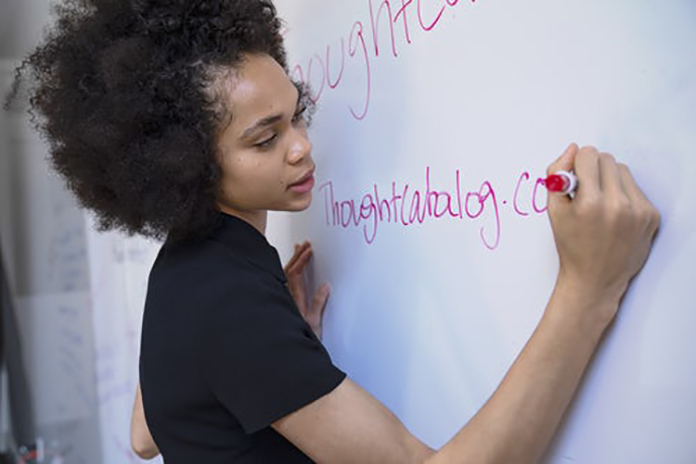Going back to school as a child can be exciting, seeing your friends again after the summer, new stationery and new subjects to learn. On the other hand, for some students, going back to school can be challenging and scary if they’re faced with a learning disability that makes it difficult to pay attention in class, communicate or retain information.
Around 1.5 million people have a learning disability in the UK. A learning disability can be defined as a disorder that inhibits the ability to process and retain information. It can affect how a person communicates with other people and how they understand information that’s given to them.
In this blog, we’ll take a look at the five most common learning disabilities and how we can support children and young adults with learning disabilities to succeed in a learning environment.
Dyslexia
This is probably the most well-known learning disability. It impedes a student’s ability to read and comprehend text. Some might struggle with phonemic awareness where they fail to recognize how words break down according to sound, while others have trouble distinguishing between similar word sounds. Spelling can also be affected.

It is thought that dyslexia stems from a problem in the brain’s language processing and tends to run in families. However, while children can have trouble reading, writing and spelling, many have very high IQs and can still excel academically.
Signs that a child has dyslexia can include; reading slowly, mixing up letters in words when writing, poor spelling, difficulty recognising sounds and difficulty carrying out a set of instructions.
ADHD
Attention deficit hyperactivity disorder is a neurodevelopmental disorder that affects behaviour. Children find it difficult to pay attention in class or to focus on a task, becoming easily distracted. Other children can show signs of hyperactivity and impulsivity.
There is evidence that ADHD has a genetic component. According to the National Institutes of Health, at least one-third of fathers who have or had ADHD will have children with the condition. There is also evidence that people with ADHD have thinner tissue in that area of the brain associated with attention.
Unlike typical learning disabilities that need instructional interventions, ADHD is treated and managed with medication and/or behavioural therapy, with rich evidence now available that omega-3 supplementation can successfully improve mental functioning and ADHD symptoms in children and adolescents[. While omega-3 can help ADHD symptoms, it should never be a sole treatment, but can complement other treatments.
Dyscalculia
You may not have heard about this one, but this disorder is one that affects a student’s ability to do maths. It could be that the student cannot order numbers correctly or that they find it difficult to solve maths problems, even basic calculations. Some students have difficulty with understanding time and measurements.

It is estimated that at least 25% of students in the UK struggle with dyscalculia. It’s not as well known as dyslexia and is often overlooked. Teachers and parents might think that the child isn’t trying hard enough or that they just have anxiety with maths, but it’s a problem within the brain that is outside the child’s control. It doesn’t translate into low intelligence or a lack of effort.
Dysgraphia
This learning disability deals with writing. Children of normal intelligence have difficulty with written expression, struggling to put their thoughts down onto paper. The child may have trouble writing at a normal speed and what they write may not be easily readable or coherent.

Dyspraxia
Dyspraxia is a motor skills difficulty, and although it isn’t grouped under learning disabilities, it can impact a student’s academic life. This affects the coordination of muscles. Some students cannot even hold a pencil or pen correctly which can cause them to feel discouraged and tired from trying so hard to carry out a simple, basic task. Children can also find it tough to play a musical instrument or to perform coordinated movements when playing sports.
What causes learning disabilities?
As we can see, some learning disabilities like dyslexia appear to derive from problems within the area of the brain that processes language. Learning disabilities such as ADHD can be partly the result of genetics.
Other factors that may lead to learning disabilities include:
In utero conditions: disruption to a baby while it is developing in the mother’s womb, for example with either alcohol or drugs, which can both affect the baby’s developing brain and manifest learning difficulties at a later stage.
Exposure to environmental toxins: cadmium and lead are two elements linked to slowing down brainwaves. Food or water contaminated with these substances can affect a developing brain. Further research is still ongoing.
Adoption: research shows that children who are adopted are more likely to have problems with learning. Anxiety and attachment problems when moving in with a new family or a lack of parental care before adoption can significantly impact a child’s performance. Data from a survey in 2016 showed that adopted children had more difficulties in school. They were twice as likely to have had a parent contacted in the last year in relation to schoolwork problems, and four times as likely to have repeated a grade.

Trauma: physical injuries to the brain or even emotional trauma at an early age can affect the brain and its ability to communicate and perform well.
How can we help children with learning disabilities at school?
First of all, us adults, teachers and parents have to understand how children with learning disabilities learn, before building an environment in which all kids can develop their own unique skills and talents.
Many children with learning disabilities struggle with conventional classroom methods of learning. Universal design for learning (UDL) is a method of teaching that helps all students to progress and succeed. It involves using a variety of flexible teaching methods to break any barriers that impede a student’s ability to learn. The three main principles of UDL are representation, expression and engagement.
Representation
Information in the classroom should be offered in more than one format. It shouldn’t be all textbooks and writing on a whiteboard. Teachers should share audio and show videos and mix things up with a hands-on approach so that students of all learning styles can excel.

Expression
It’s not always easy for students with learning disabilities to express themselves with written text. Instead of always having a written exam, give student’s the option to express their ideas and what they’ve learned with an oral presentation instead.
Engagement
Children with learning disabilities can find it hard to interact and stay motivated. It’s a good idea to get students up and moving for certain exercises. Make subjects more interesting by creating interactive learning games where they are more likely to engage.
It’s recommended that children who struggle with learning and motor skills difficulties be allowed to use a computer to complete school work. Typing solves many aspects of writing like letter formation, spacing and neatness that many children with learning disabilities experience.
Writing with a computer or tablet also helps kids with spelling and grammar, with easy access to spell-checkers and predictive text. It’s also easier and less painful for students with dysgraphia and dyspraxia to type rather than write by hand.
As a parent, what can I do?
As a parent, your child looks to you for support and love. Your role as a parent is not to cure your child’s learning disability, but to arm them with the social and emotional tools they need to manage their learning difficulties.
Focus on your child’s strengths
Reinforce the thought that your child’s disability does not define them. Encourage them to make time for their talents and nurture these, so they can feel more confident when they have to tackle difficult subjects in the classroom.

Discover what your child’s learning style is
Are they visual (learn by seeing and reading), auditory (learn by listening) or kinaesthetic (learn by doing and moving) learners? Once you’ve figured this out, make sure to integrate more ways of learning that complement their learning style. Visual learners do well with books and visual aids, while auditory learners excel better when material is read out loud. Kinaesthetic learners like to carry out experiments and learn with their hands.
Learn to recognise when your child is stressed
Stress can manifest as trouble sleeping, agitation or withdrawal. If you feel your child is stressed, ask them to describe how they are feeling, ask them to describe situations that make them feel stressed and encourage them to take part in activities that they enjoy.
Make sure they follow a healthy lifestyle
As with everything, enough sleep, a balanced diet and exercise are essential for all children and for every developing brain. School children need on average 10-11 hours’ sleep per night. Regular exercise is essential for a healthy mind, as is a diet rich in whole grains, protein and vegetables. Make sure your child always has a good breakfast before they start their day!

Hope for the future- Omega-3 can help ADHD
Much research is ongoing to find new ways to tackle learning disabilities, with much research focusing on ADHD. New exciting research has come to light that omega-3 can help children with ADHD. Research carried out at King’s College London discovered that children and adolescents with ADHD have lower levels of omega-3 fatty acids (DHA and EPA) in their blood, in comparison to young people without ADHD.
To test the hypothesis that if children took omega-3 supplements, then their symptoms might improve, a few studies were carried out. One study found that omega-3 supplements improved inattentiveness and hyperactivity. Another, co-authored by Dr Maite Ferrin, found that omega-3 might reduce impulsivity, and inattention and hyperactivity.
Omega-3 supplements rarely have any severe side effects, apart from possible stomach discomfort and bowel disturbances, so this is good news for one-third of kids that don’t respond well to pharmacological treatment.
With further studies and greater awareness of learning disabilities, there’s much hope that children with all kinds of learning styles and difficulties can do well in school and go on to be just as successful as any other kid.
Does your child have a learning disability? If so, tell us what you do to help them
overcome everyday challenges.








Join the discussion